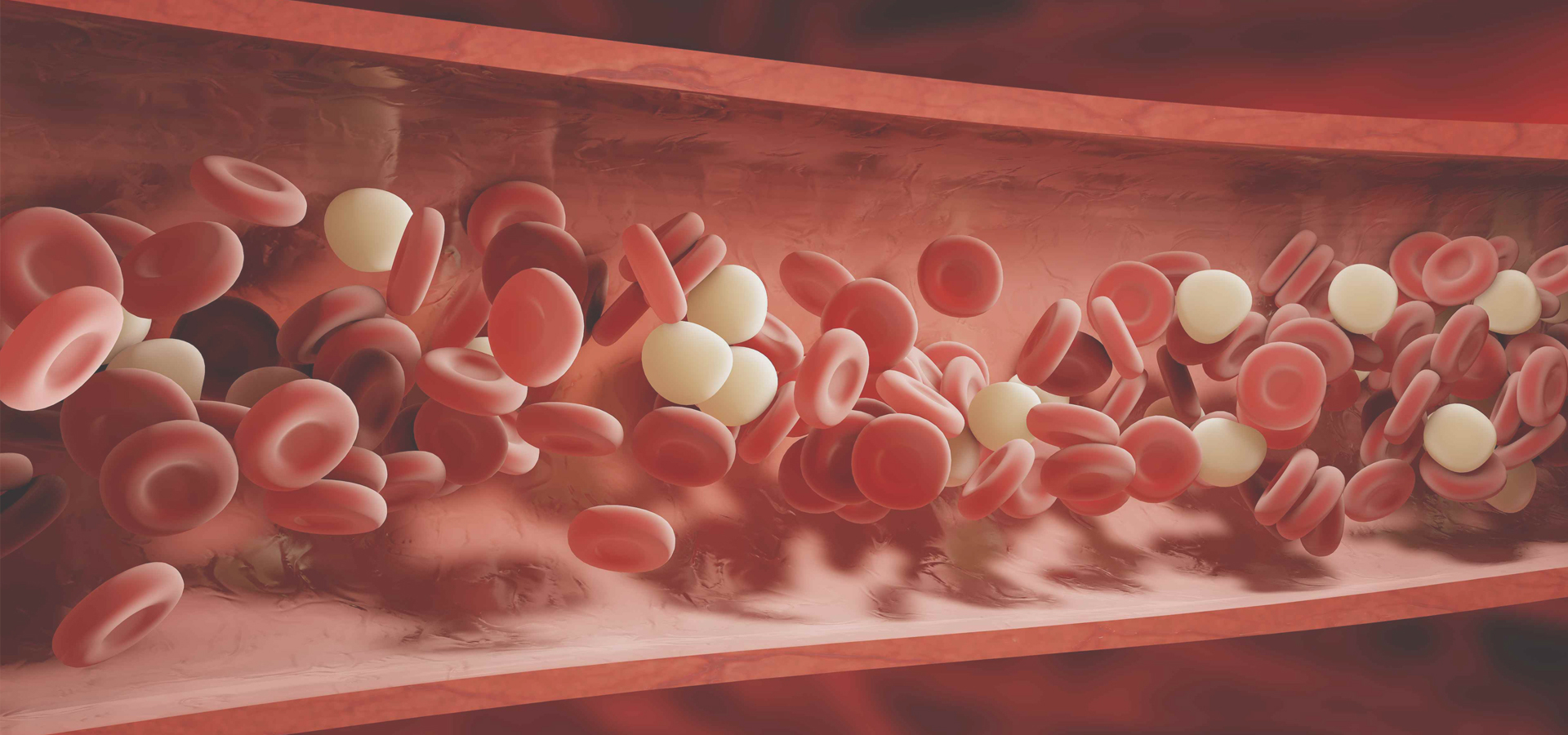Follow Bioscience Institute
Liquid Biopsy
Upon tumor cell death (via necrosis or apoptosis) occurring as a consequence of rapid proliferation and cellular turnover, small fragments of DNA, known as circulating tumor DNA (ctDNA) are released into the bloodstream. In parallel, cancer cells are shed from a solid tumor mass into the bloodstream, and they are referred to as circulating tumor cells (CTCs). The term Liquid Biopsy refers to body fluid sampling (blood, saliva, urine, etc.) and analysis of ctDNA and/or CTCs. Interrogation of ctDNA and CTCs extracted from a peripheral blood sample enables the detection and characterization of a patient’s cancer.
CTCs and ctDNA
Solid cancers are often asymptomatic and clinically undetectable until they vascularize and reach a considerable mass (normally 1-2 cm in diameter). However, smaller lesions (less than 1cm) might be capable of releasing ctDNA (circulating tumor DNA) and CTCs (circulating tumor cells) into the bloodstream, giving insight into the genetic portrait of the primary tumor.
CTCs represent cancer cells detached from a solid tumor mass that are in the process of colonizing distant organs and potentially giving rise to metastasis. CTCs and ctDNA released in the bloodstream provide genetic information that is indicative of the tumor of origin.
cfDNA
Circulating cell-free DNA (cfDNA) are small DNA fragments found circulating in plasma or serum, as well as other body fluids such as saliva and urine. In healthy individuals, the levels of cfDNA in plasma/serum are generally low, however during pregnancy, illness, and exacerbation of tissue (intensive exercise or injury) the levels of cfDNA generally increase.


